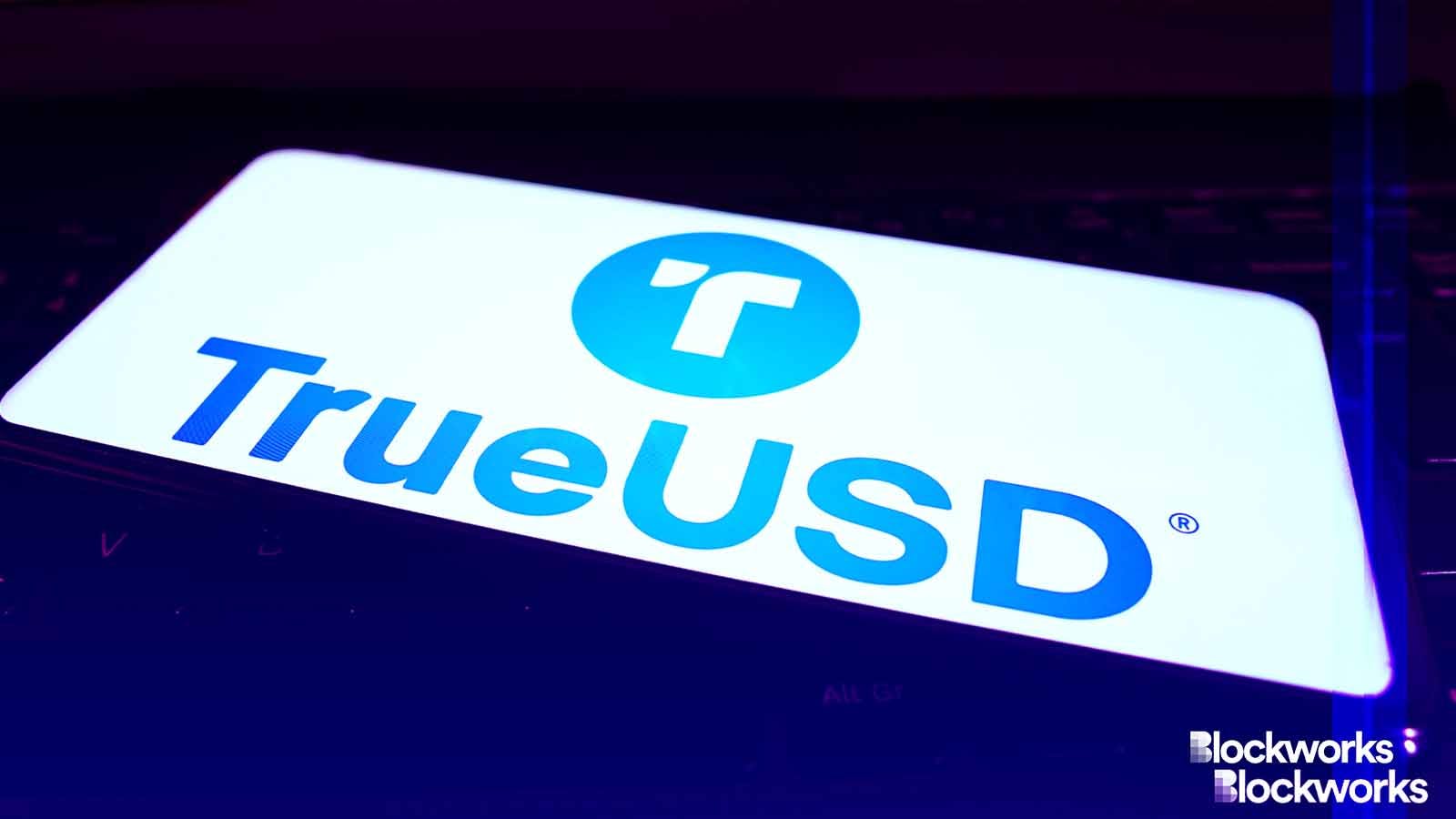TUSD stability questioned as value dips below one dollar
TUSD has seen net outflows amounting to $279 million over the past five days

rafapress/Shutterstock modified by Blockworks
Stablecoin TrueUSD (TUSD) has dropped below its $1 peg following a massive sell-off.
According to CoinGecko data, the price of TUSD dipped to around $0.97 overnight. It is currently back at $0.98 at the time of writing.
The price of TUSD initially began to show signs of instability on Jan. 15, following traders selling over $300 million worth of TUSD for USDT on Binance.
Although there have been a few buyers, Binance trading data shows that over the past five days, TUSD has seen net outflows amounting to $279 million.
Ashton Addison, founder and CEO of Crypto Coin Show, told Blockworks that TUSD is currently facing an uphill battle to secure a top spot among other USD-pegged cryptocurrencies regarding widespread confidence and stability.
“A significant TUSD sell-off on Binance, leading to a break in the peg, erodes the confidence of users who rely on the assurance that they can redeem TUSD for $1 at all times,” Addison said.
It is unclear exactly as to why there has been a large sell-off of TUSD. However, some speculate that it is closely related to the recent $100 million exploit on Poloniex, a Justin-Sun linked exchange.
Read more: Justin Sun prints $800M in little-used stablecoin
Carlos Mercado, data scientist at Flipside Crypto, notes that it is critical to monitor the market cap of the stablecoin versus the liquidity of the backing, especially when liquidity is on-chain through decentralized exchanges or off-chain via centralized exchanges or banks.
“Stablecoins are either backed by liquid cash equivalents (the way USDC and USDT act as tokenized money market funds) or are overcollateralized by highly liquid tokens like ETH,” Mercado said.
He notes that failure to monitor market cap vs liquidity is what led to the collapse of Terra, an algorithmic stablecoin that crashed from $1 to $0 — adding that Signature Bank’s liquidity problem had also led to a structural reduction around the market capital of USDC from $44 billion to $25 billion.
“I don’t know how TrueUSD was structured, but clearly off-chain liquidity reliance caused a breakdown in people’s trust of the token. In the long term, if sufficient backing is there somewhere, it will repeg at a lower market cap,” Mercado said.
Addison shares this sentiment, noting that “whether the depegging resulted from external forces or not, it poses a significant test that TUSD has failed the stability test.”
Get the news in your inbox. Explore Blockworks newsletters:
- The Breakdown: Decoding crypto and the markets. Daily.
- 0xResearch: Alpha in your inbox. Think like an analyst.






